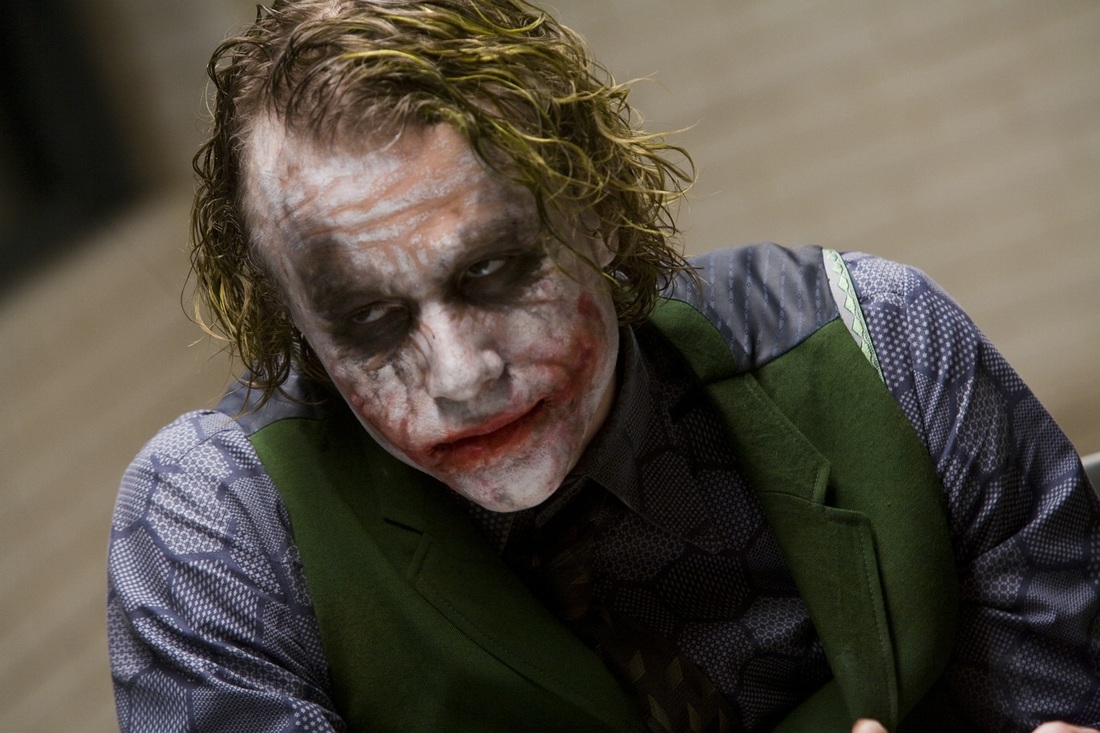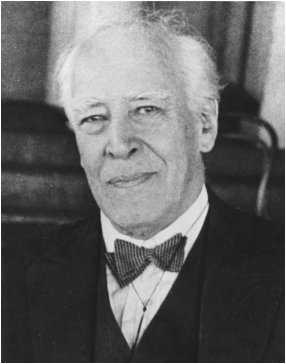The origins of method acting end up going back to before the origin of cinema itself. It all arose from the teachings and ideas of Russian actor, producer, and theoretician Konstantin Stanislavsky. Ultimately, his goal was to develop a form of acting that was more realistic than the exaggerated, theatrical, and often melodramatic form that existed in the 19th century. The primary theory behind his new method was to have the actor recall previous emotions, memories, and experiences and integrate them into his performance. As a result, his method focused intensively on the psychological and emotional aspects of the character. For example, if a scene called for a character to experience fear, the actor would recall a particular experience in their life that they experienced real fear and then fully integrate their past reaction to that fear into the current scene (Brittanica).
Since that time, method acting has evolved to the point where actors will transform themselves not only mentally and emotionally for a role, but physically as well. Some of today’s method actors include Christian Bale, Michael Caine, Daniel Day Lewis, Robert De Niro, Johnny Depp, Jared Leto, and Jack Nicholson. For several roles, each of these actors worked long hours getting into character and diving deep into the emotional and psychological states of their characters.
As mentioned in my last article, one of the most recent examples of method acting is Jake Gyllenhaal as “Lou Bloom” in Nightcrawler (Gilroy, 2013). In addition to losing 25 pounds to physically establish his creepy, sociopathic character, Gyllenhaal trained two months working with real-life nightcrawlers in order to get a firm grasp on the nature of the job. He also ended up meticulously memorizing the film like a play in order to produce his fast-spoken monologue scenes (IMDB).
Ultimately, Ledger’s example showcased the gravity and power of method acting, as well as how it can be taken to dangerous levels. His Oscar-winning performance in the film was the result of his meticulous work in delving deep into the psychopathic character. The result was that audiences received an unforgettable performance that will last for ages. On the other hand, it was no doubt his devotion to the character that cost Ledger his life. Ledger’s method acting was not the original intention of Stanislavsky or Strasberg, but nevertheless this is what has become of the style and where it looks to be continually going in the future. Actors want to give us a strong and memorable performance, but somewhere along the way a line needs to be drawn. Currently this boundary is very blurry, and as a result the actor goes as far as he or she feels is needed in order to become the character.
What do you think? Do you prefer to see method acting or do you like to see the other, more regular form of acting? Do you think the benefits of method acting outweigh the negatives? Comment your thoughts below!
WORKS CITED
Gussow, Mel. “Lee Strasberg of Actors Studio Dead.” The New York Times. 2009. 16 Apr. 2015. <http://www.nytimes.com/learning/general/onthisday/bday/1117.html>.
IMDB. 2015. 16 Apr. 2015. <http://www.imdb.com>.
“Stanislavsky System.” Britannica Encyclopedia. Web. 16 Apr. 2015.
Tyler, Josh. CinemaBlend. 2008. 16 Apr. 2015. <http://www.cinemablend.com/pop/Heath-Ledger-s-Cause-Of-Death-Made-Official-8740.html>.






 RSS Feed
RSS Feed
